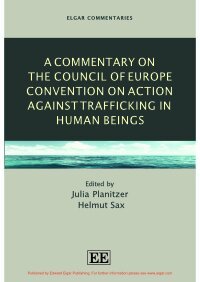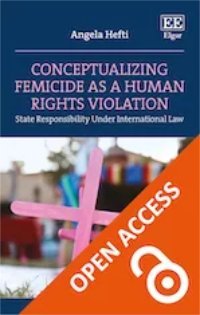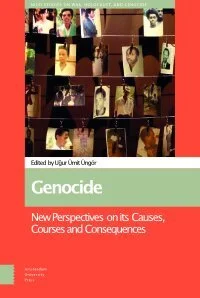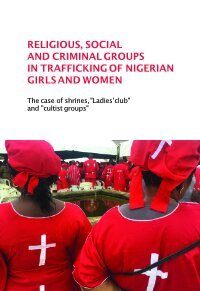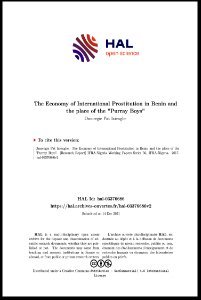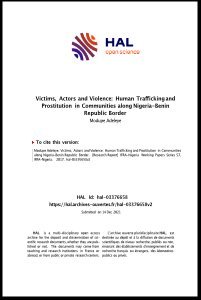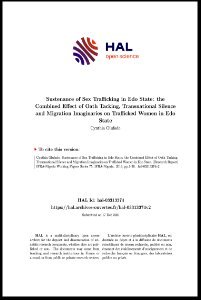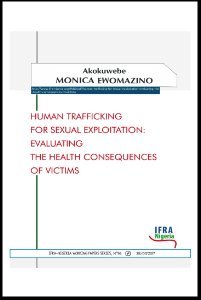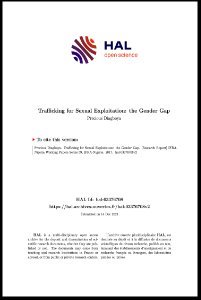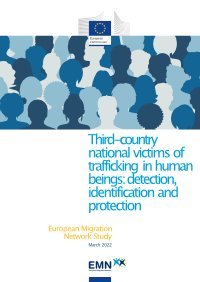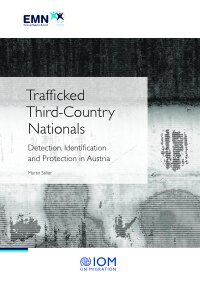By Vireak Chhun, Lucia Bird, and Thi Hoang
The number of women travelling from Cambodia to China for forced or arranged marriages has surged since 2016 and experienced a further spike since the beginning of the COVID-19 pandemic. Many Cambodian women in arranged marriages with Chinese men, whether originally consensual or not, report finding themselves in remote areas and abusive contexts. China’s one-child policy, in force between 1979 and 2015, reportedly led to sex-selective abortions by families seeking a son instead of a daughter, creating a significant gender imbalance in the country. Driven by Chinese men’s search for a wife, especially in rural areas, thousands of women from Cambodia, Laos, Vietnam, Nepal, North Korea, Pakistan, and Myanmar are transported to China to wed. Although some travel knowing that they are to be married, others are deceived. Many report suffering violence, sex abuse and forced labour. Cambodian women and girls are coerced and forced into arranged and forced marriages through various means: some are deceived and promised a job in China; others are told they need a marriage certificate in order to be eligible for well-paid work (which is not the case); some are tricked and sold by their family members, relatives and acquaintances for a lump sum or the promise of a good marriage and better life in China.
Geneva: Global Initiative Against Transnational Organized Crime, 2022. 42p.








